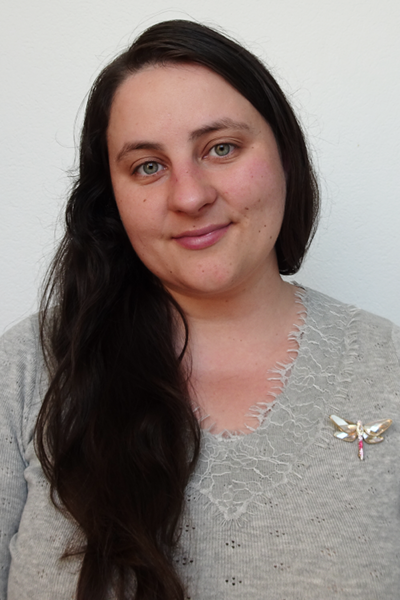

Alys Boote Cooper is a MA student in linguistics and a student assistant in the Sino-Tibetan sub-project of the LiMiTs (Linguistic Morphology in Time and Space) project. Formerly she worked 2015-February 2017 as a student assistant in the Greater Burma Zone project. She is now starting work on her master’s thesis on complex predicates in Pa-O, a Karenic language from Myanmar.
The main focus of her current research is Karenic languages and in particular the underdescribed language Pa-O, spoken by over 500,000 speakers in Eastern Myanmar. The Karenic languages belong to the Tibeto-Burman branch of the Sino-Tibetan family and are spoken in Myanmar and Thailand. A prominent feature of this group is the assumed change from verb-final word order to verb-medial, possibly due to extensive language contact with Tai-Kadai and/or Austroasiatic languages. In this way Karenic languages are exceptional in the Tibeto-Burman branch, which is predominantly verb-final and rather consistently head-final. She is currently particularly interested in multiverb constructions. In Pa-O, and other Karenic languages, the structure of complex predicates differs from that generally found in verb-medial languages of Southeast Asia. In other languages, some material, for example arguments, may appear between the verbs that make up a complex predicate. In Karenic, however, the verb complex is much more tightly bound and little can intervene as is usually the case in verb-final languages. This appears to reflect the change from verb-final to verb-medial. This issue will be examined further in her master’s thesis.
Another research interest is the language of the Gorakha of Myanmar. The Gorakha are a large group of speakers of Nepali in Myanmar whose ancestors predominantly came to Myanmar during colonial times and have for the most part retained Nepali or ‘Gorkhali’ as their home language. Despite the fact that the Gorakha's ancestors come from many different ethnic groups in Nepal, many of whom would not have spoken Nepali as a native language, Nepali has been retained as their common language and it is in turn an important part of their ethnic identity within Myanmar. Outside of the home, speakers have contact with Burmese and depending on the location, other local languages all of which are linguistically unrelated to Nepali. Of particular interest are in contact-induced phenomena between Nepali and Burmese like matter and pattern replication and how they may differ depending on the age or location of speakers.